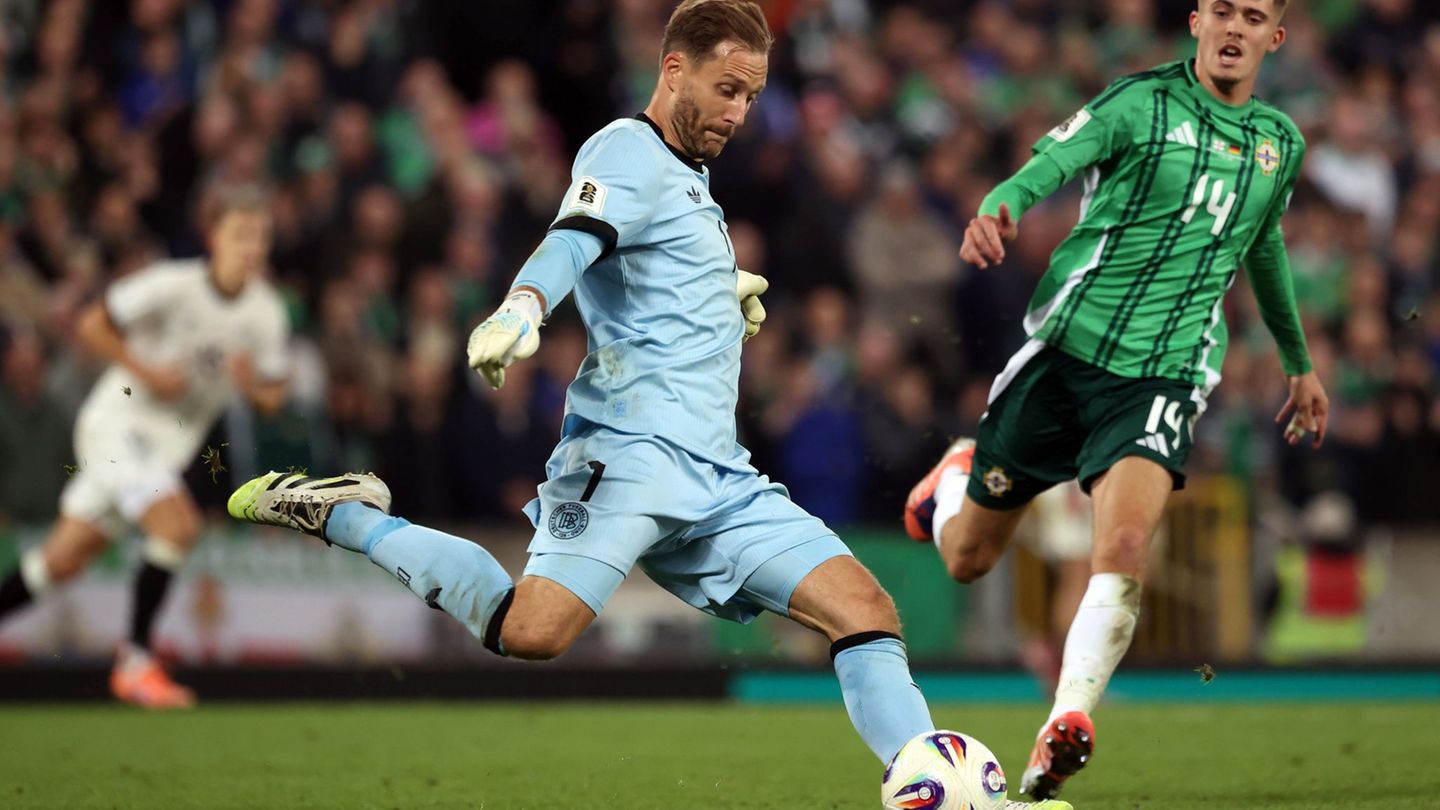Although greater budget execution began after March, The Government kept the chainsaw on primary spending. Last month they consumed $6.5 trillion, with a nominal increase of 197% and a real fall of just over 24%.
Its main item, which is social benefits, They reached $3.85 trillion, which implied a nominal growth of 221.5% compared to the same period last year. This would mark a real drop of more than 25%. It must be remembered that, according to INDEC, the Inflation in the last 12 months was 289.4%.
On the other hand, the operating expenses item recorded expenditures of just over $1 billion, with a nominal increase of $220.1%, while the third most important chapter, economic subsidies, had expenses of $952,583 million, a figure that is nominally 220.1% higher.
In fourth place. transfers to universities appear, in a month where there was a crisis and reports of withdrawal of funding for higher education. The Government allocated $215,956 million, which marked a nominal increase of only 182%, and turned out to be one of the most impacted by the cut.
iaraf-expense-four-monthly.png
The other sector that also decisively suffered from the cut in resources were the transfers to the provinces, with only $67,898 million, a figure that is nominally just 3.5% higher than that of the same month last year, but that implies a real cut of more than 90%.
In current expenses, The Government allocated $151,561 million, that is, a nominal increase of 271%. This is the least impacted spending chapter.
In other terms, Capital expenditures, such as public works, have a nominal drop of almost 15% with barely $150,000 million. In that case, the Government has completely eliminated expenses on transportation, education, housing, drinking water and others. For example in In the case of education, only $2.59 billion were spentwhich marked a nominal drop of 70% compared to last year.
One thing to keep in mind is that until March the interest expense, which is what makes the difference between the primary surplus and the financial surplus, it was the only one that had been growing, but in April $247,543 million were paidwith an increase of 225%, below 12-month inflation.
The chainsaw in the first quarter
On the other hand, according to the Government, “In the first four months of the year, primary spending accumulated a reduction of 32% in real terms.”
“The items that recorded the greatest declines are Capital Expenditure (-85% year-on-year -yo-), Discretionary Current Transfers to Provinces (-76% yoy) and Rest of Current Expenditure (-43% yoy), which includes other expenses such as transfers to cover the deficit of public companies ”, He pointed to the Treasury Palace.
Official information indicates that “despite representing only 13% of primary spending in the first quarter of 2023, These three items alone explain a third of the real reduction in primary expenditures in the period.”
The Argentine Institute of Fiscal Analysis (IARAF) highlighted that “this real variation in primary spending turned out to be the highest real interannual of the last 30 years for a quarter”.
An issue to take into account, within the fiscal result, It is the issue of pending payments from previous periods, which have already been accrued and which need to be cancelled. Data from the National Treasury show that At the end of the first quarter, that debt amounted to $2 billion, of which $1.3 was generated this year. About $700,000 million had remained from last year. The floating debt, however, grows within the parameters agreed with the IMF. It cannot exceed 10% of the total expense.
Source: Ambito




